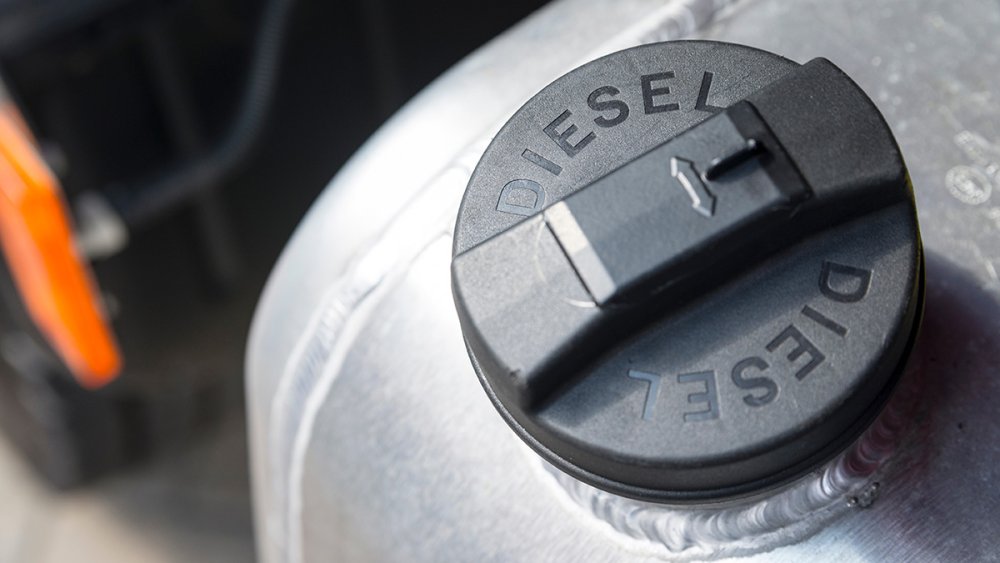During the best of times, managing a golf course is a job wrought with challenges. Superintendents have to deal with golfers demanding conditions that are harder and harder to produce. During the past two years, the job has become increasingly more difficult. More golfers and fewer workers than ever before and supply chain issues that make it difficult to get parts and equipment in a timely manner.
Just when you thought the job couldn't become any more difficult, there is another potential hurdle on the horizon.
Experts in the energy industry agree that there is a supply shortage of diesel fuel, and that everyone, including those who buy diesel directly and those who purchase products transported by trucking, should expect to feel the pain until the U.S. economy slows, righting the ship between supply and demand.
According to Mansfield Energy, a fuel supplier with 11 offices across North America, the volume of diesel stored in facilities across the East Coast is down by 50 percent. The company says average daily storage in the eastern U.S. runs at about 50 million barrels per day, but now is at 25 million.
Truckers across the country report making stops at multiple service stations to find enough fuel to fill their tanks, while farmers say they are spending double in fuel costs to plant and harvest, while hoping weather cooperates enough to produce a profit at year's end.
Mansfield said in a news release that tight supplies will cause already-high diesel prices to climb even higher. On Monday, the average cost of diesel fuel was $5.31 per gallon, which is 61 percent higher than the average price of $3.29 a year ago, according to the U.S. Energy Information Administration, a federal agency that "collects, analyzes, and disseminates independent and impartial energy information to promote sound policymaking, efficient markets, and public understanding of energy and its interaction with the economy and the environment."
The main factor in the supply and price of diesel is the cutoff of Russian petroleum imports...
Ed Hirs, who teaches energy economics at the University of Houston, has said that the daily five-year average is so low that if production were to stop today, the U.S. would have a 25-day supply of diesel.
According to Forbes, the U.S. distillate supply, that includes diesel, jet fuel and heating oil, is at its lowest level since 2008. The demand for diesel typically spikes in spring during the planting season for the ag market, with a surplus heading into winter. However, the supply for distillates in October were at a 40-year low, which is why the cost of diesel is so high, according to the EIA.
Reuters reported that the nationwide stock of distillates on Oct. 21 was 106 million barrels, the lowest since EIA began tracking data in 1982.
Contributing to tight supply lines is the fact that several unprofitable refineries have closed, according to Forbes. The main factor, however, in the supply and price of diesel, the publication said, is the cutoff of Russian petroleum imports. The U.S. was importing almost 700,000 barrels of petroleum and petroleum products per day from Russia, which has stopped with the conflict in Ukraine. Most of those imports, Forbes said, were finished products that boosted distillate supplies here.
Reuters predicts spikes in the price of diesel and ongoing shortages of supply until a slowdown in the U.S. economy, which the British news agency says is necessary to boost supply and reduce price.


